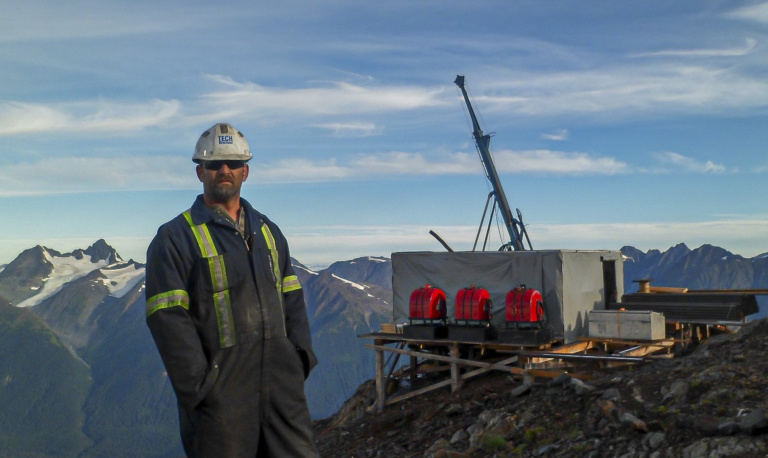Challenges
Investigating certain sites can be difficult due to obstructions above planned excavations, such as mountainous terrain or wetlands. It is also complicated to drill near residential areas due to noise concerns or lack of room to properly setup a drill pad. These are a few of the many complications you may encounter.
Solution
Using DCD for geotechnical purposes allows the user flexibility in the positioning of the drill rig. This highly accurate method ensures the information is gathered along the desired path while drilling in the same direction as the planned excavation providing critical information about fault zones and fractures. Holes also remain open at completion and may be used for packer testing to measure leakage or as a guide while excavating. Other benefits include a continuous core sample along the desired path for lab testing.
Benefits
- High accuracy continuous core samples and geological information from the planned tunnel trajectory
- Data on the extent and orientation of problematic rock formations
- Information about the mechanical properties of the rock formations
- Basis to estimate groundwater inflow
- Basis to estimate stabilization measures
- Basis to estimate construction costs and duration



